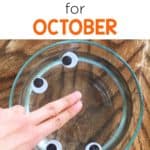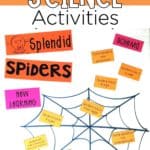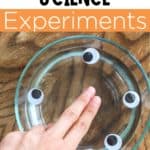


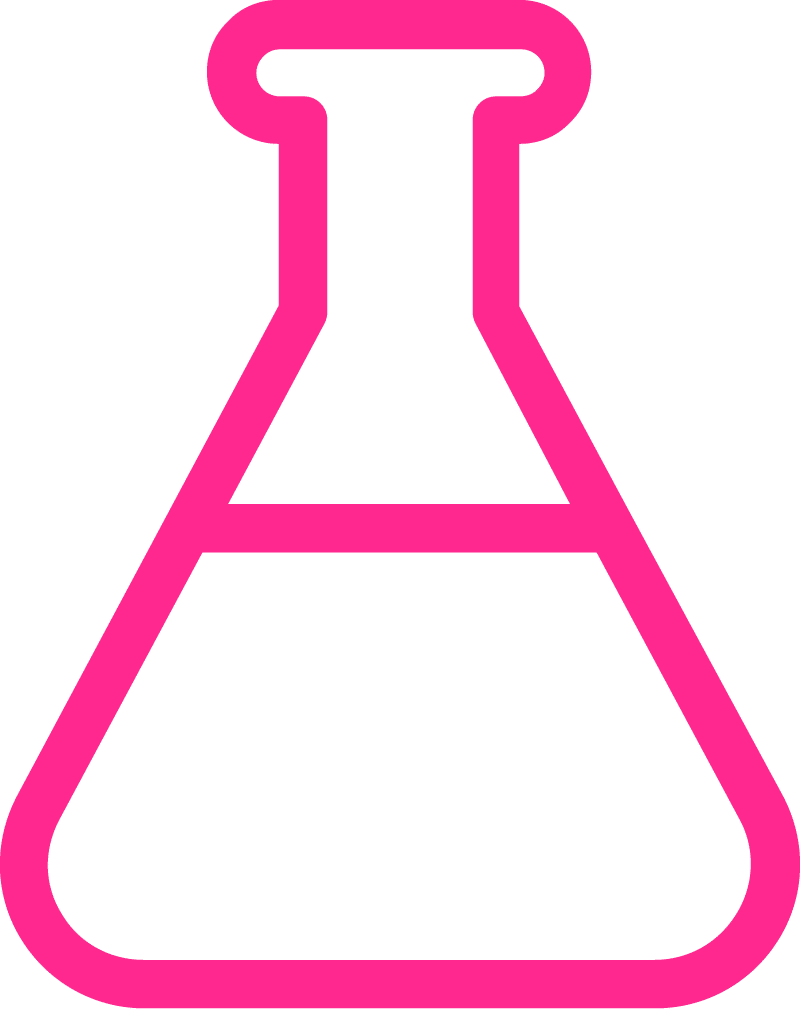
It’s that time of year when things are starting to settle for everyone. The routines are familiar. Sometimes a little too familiar. It’s my favorite month to teach because we are truly becoming a little family by now and there is so much fun to be had as we integrate themes into our standards! If you are looking for a little help and inspiration with organizing your science lessons for October, I wanted to share what I planned for Science in October!

I typically would look at the standards that needed to be taught and, if I had the freedom, I would mix in some fun thematic units that still had us using our scientist tools and skills we had learned in August.
I settled on these topics for October:
October is such a fun month to make science come alive in the classroom! To help stay organized, I created a month-long curriculum guide and each unit has a detailed teaching plan as well. The weekly teaching plan has a focus for each day, explanation of how to execute the activities, and materials listed you’ll need for each day. Not too much, but not too little…just enough!
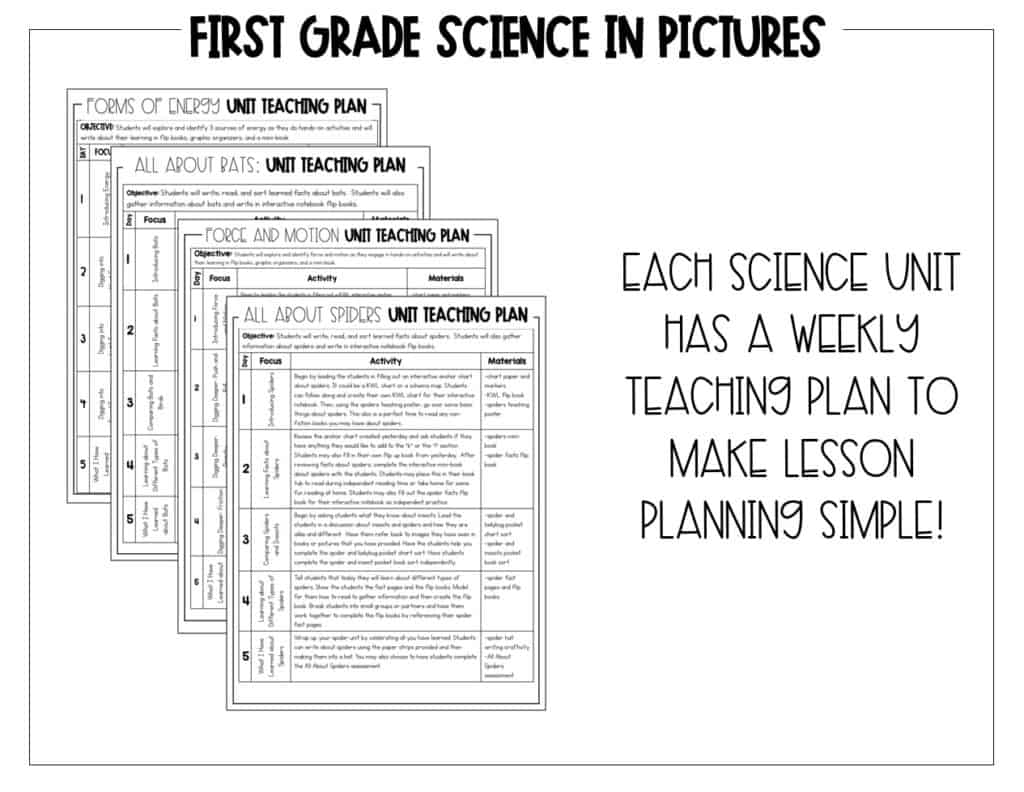
One of my favorite ways to give learners a hands-on experience in science is with science experiments and explorations. I know they can take so long to plan and prep, so I like to make it as simple as possible. If you are looking for some science experiment tips, check out these! From echolocation to sticky spider webs, there are several opportunities for students to dig into the scientific method!

Another teacher who has used this in her classroom said,
Using anchor charts through out our learning always helped us to record our learning. The anchor charts also gave us something to refer back to. Truly, they help students connect to their learning and connect what they have learned to new topics.



There are also several flip books, pocketbooks, and life cycle recording pages that you can use in interactive notebooks. You can watch a video HERE that explains interactive notebooks more and has some great, actionable tips!
Because I always feel like I NEVER have enough time (You too??), I almost always integrate science throughout the day whenever possible! This helps make learning more authentic and gives more time to squeeze science in throughout the day when you might be short on time.
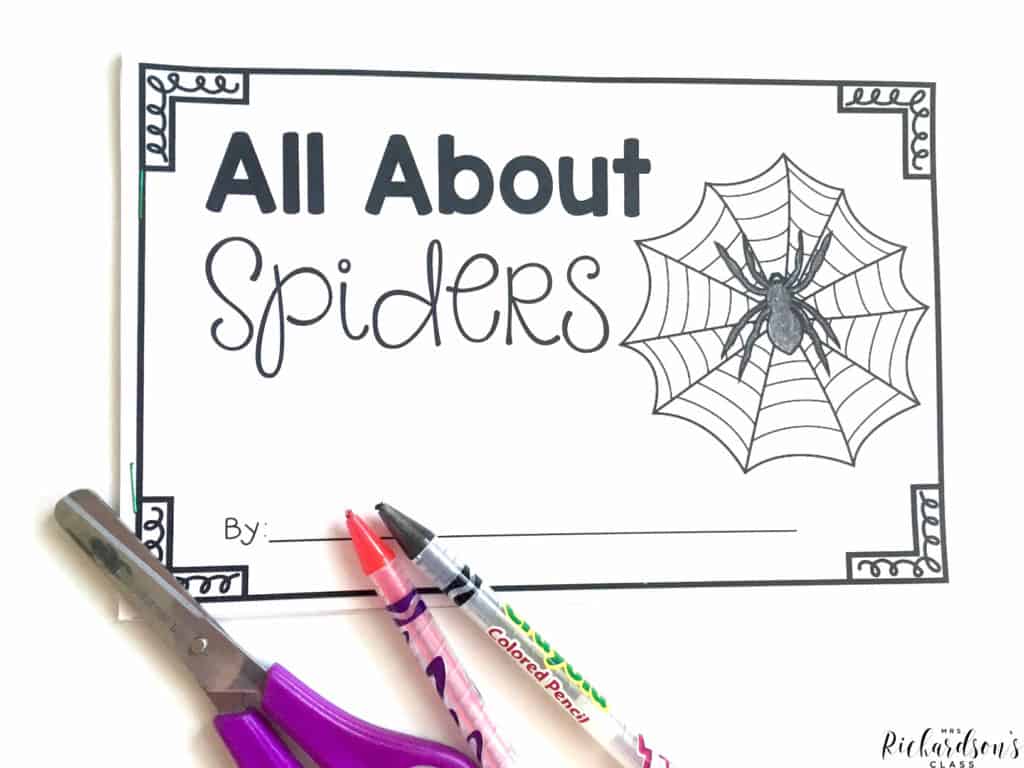
I like to use mini-books whenever possible. They are perfect for the students to add to their book boxes when we finish and then they are reading about science! WINNING!
Integrating science into shared reading is always the easiest! Each song or poem has a simple, but meaningful, weekly teaching plan. There are also phonics activities that review several specific long and short vowels. These were so great to use in literacy stations!

Here’s what another teacher said,
The whole month of October is jam-packed full of activities for science that are not only great for a science teaching block, but also reading and writing! Students are engaged while mastering the content they need to learn.
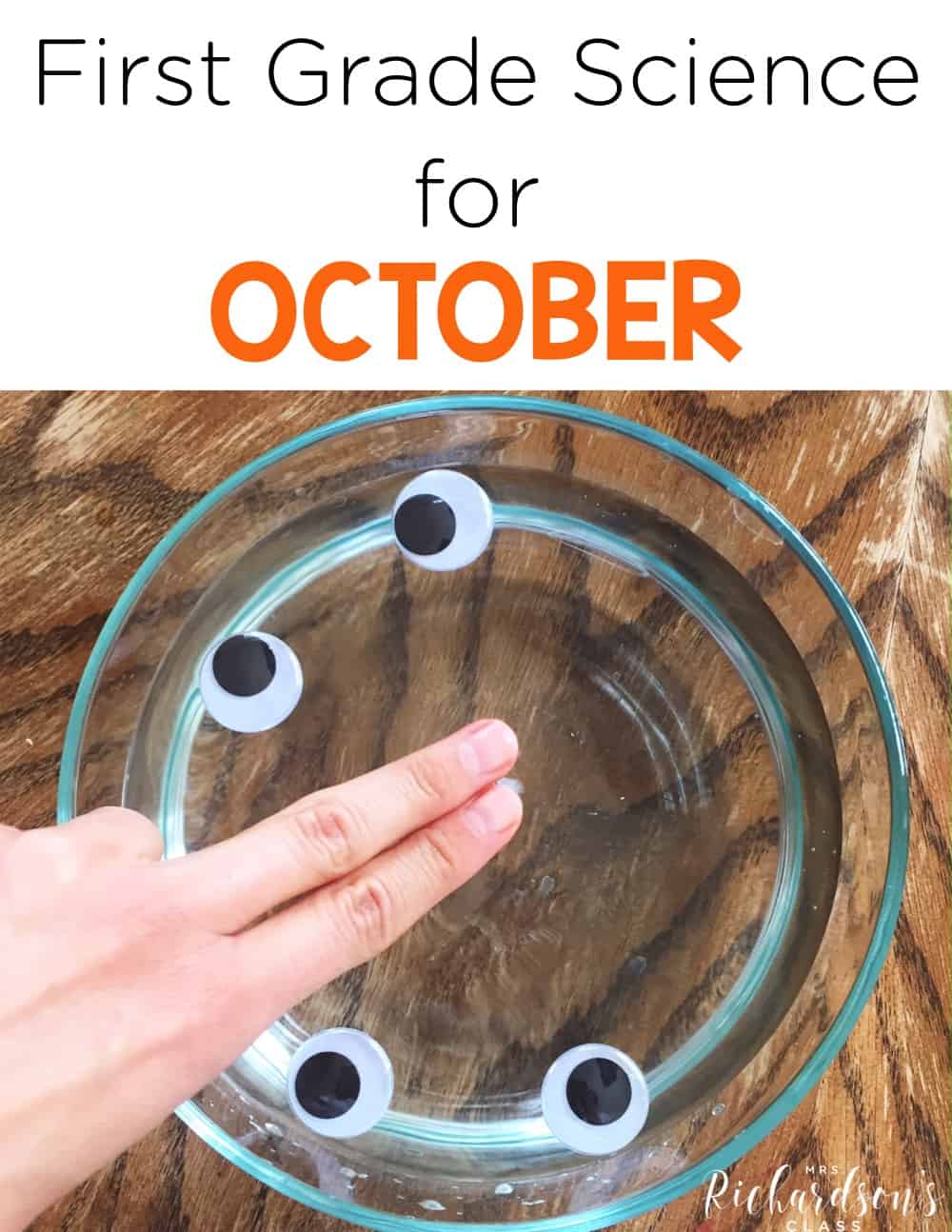
pin it
If you want to be set for October, you can see more about this unit HERE. If you want to go ahead and get your science block ready for the whole year, you can find that money saving bundle HERE and save!
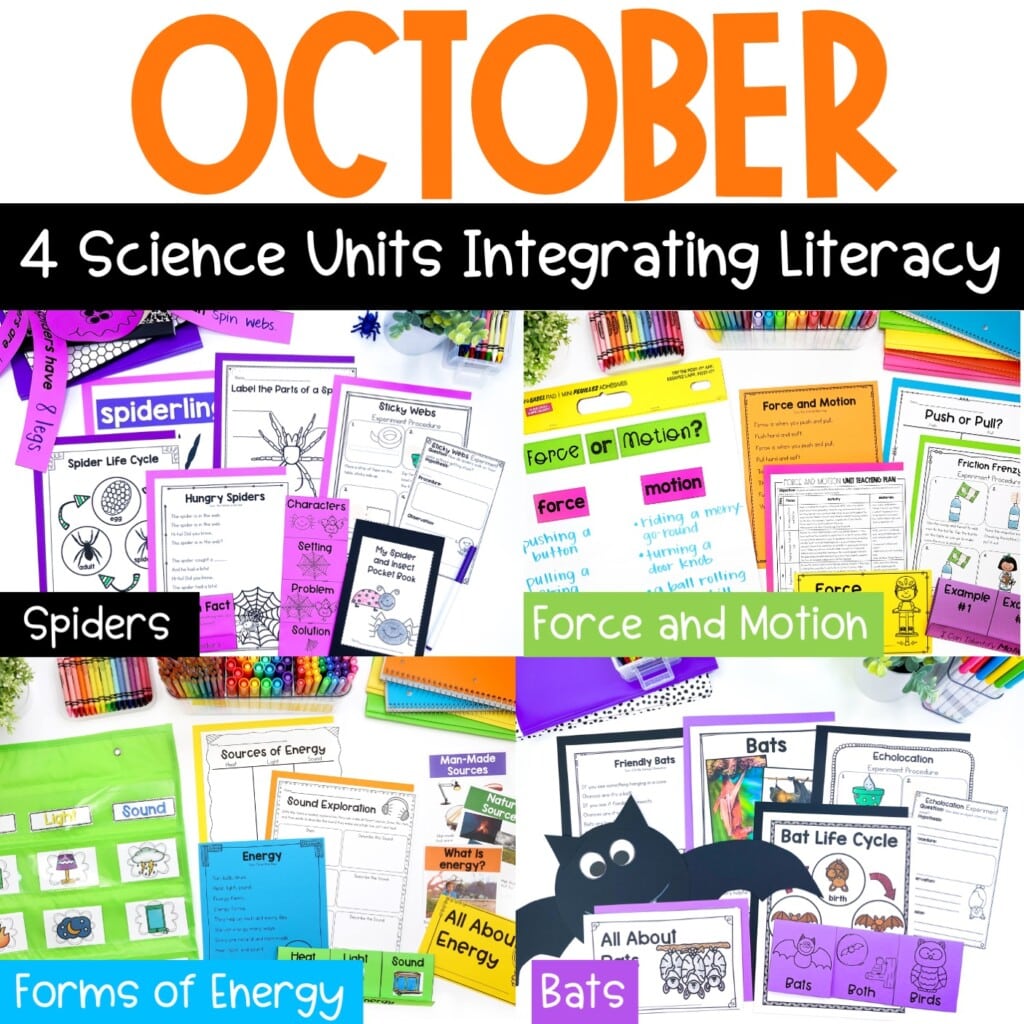
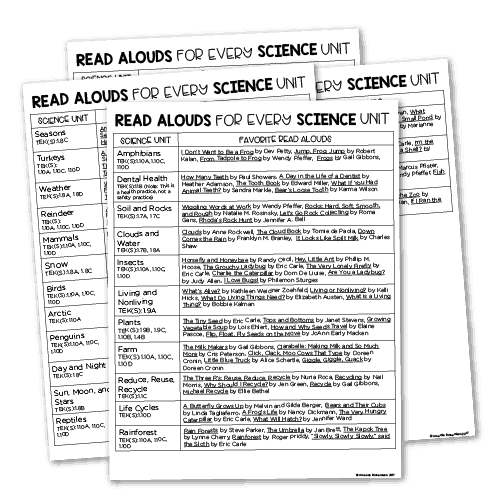

I’m a K-1 teacher who is passionate about making lessons your students love and that are easy to implement for teachers. Helping teachers like you navigate their way through their literacy block brings me great joy. I am a lifelong learner who loves staying on top of current literacy learning and practices. Here, you’ll find the tools you need to move your K-2 students forward!


| Cookie | Duration | Description |
|---|---|---|
| cookielawinfo-checkbox-analytics | 11 months | This cookie is set by GDPR Cookie Consent plugin. The cookie is used to store the user consent for the cookies in the category "Analytics". |
| cookielawinfo-checkbox-functional | 11 months | The cookie is set by GDPR cookie consent to record the user consent for the cookies in the category "Functional". |
| cookielawinfo-checkbox-necessary | 11 months | This cookie is set by GDPR Cookie Consent plugin. The cookies is used to store the user consent for the cookies in the category "Necessary". |
| cookielawinfo-checkbox-others | 11 months | This cookie is set by GDPR Cookie Consent plugin. The cookie is used to store the user consent for the cookies in the category "Other. |
| cookielawinfo-checkbox-performance | 11 months | This cookie is set by GDPR Cookie Consent plugin. The cookie is used to store the user consent for the cookies in the category "Performance". |
| viewed_cookie_policy | 11 months | The cookie is set by the GDPR Cookie Consent plugin and is used to store whether or not user has consented to the use of cookies. It does not store any personal data. |
